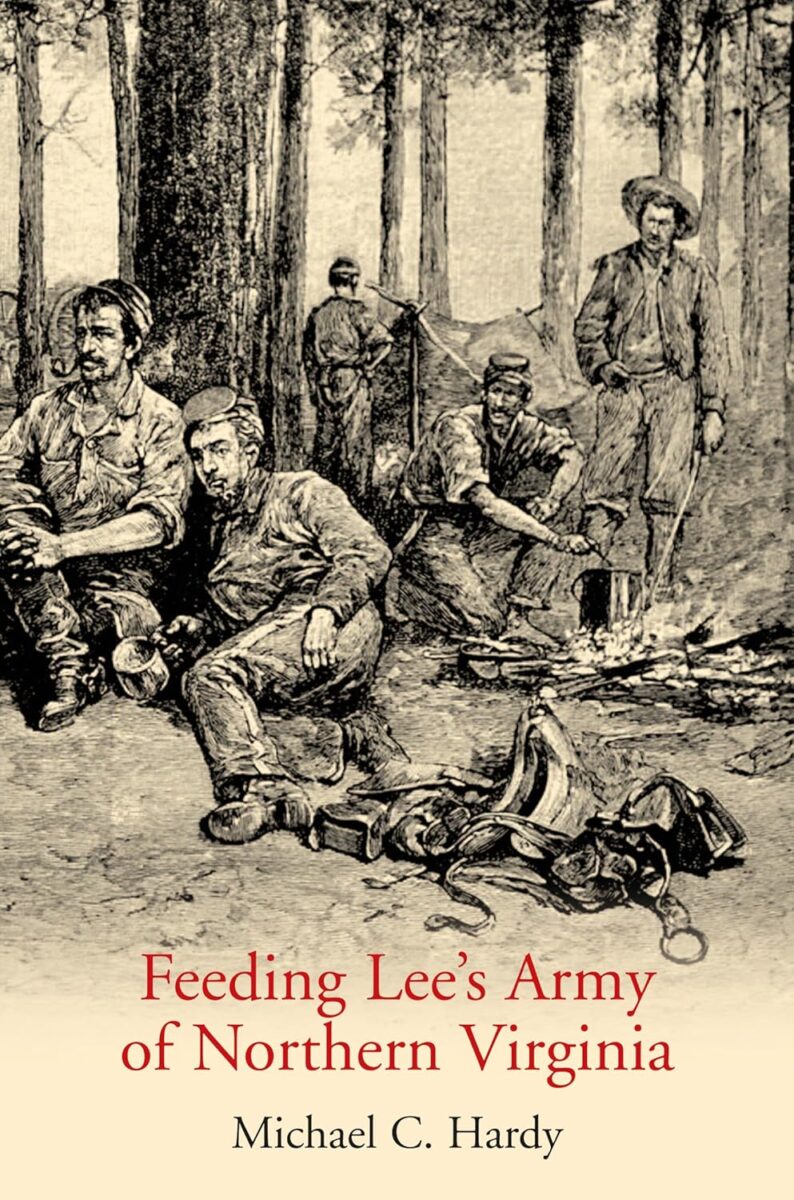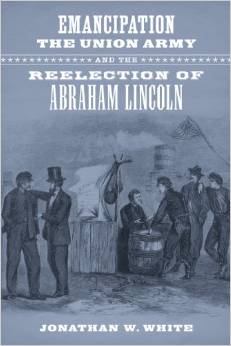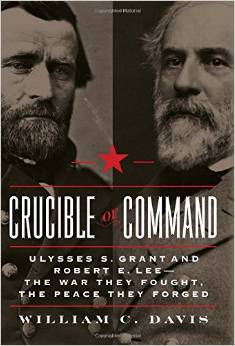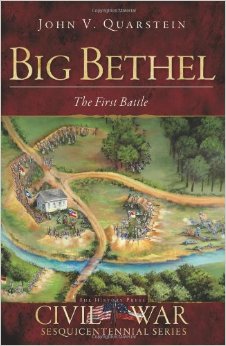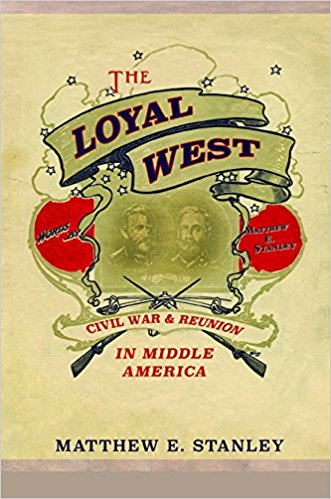The history of food and cooking has drawn a lot of interest among historians during the past few decades. There actually are not one but two historiographies in existence which usually ignore each other—a large number of historians who adopt a cultural perspective on civilian foodways and culinary history, versus a small number of military historians who are interested in how foodways and cooking have intersected with warfare. The latter group realizes that food and cooking had direct and important relationships with soldier health and army performance, but food historians who study civilian eating in various time periods of history have overlooked this point.
The number of historians who have studied food and cooking in the American Civil War is quite small. Michael C. Hardy’s addition to that literature focuses on feeding the Army of Northern Virginia. “I contend that foodstuffs played a significant role in the demise of the Confederate army in Virginia,” the author states (ix).
The primary contribution of this book is a deep dip into the existing personal accounts written by men who served in the Army of Northern Virginia. Hardy accumulated material from over 300 members of the army that offer information on the type, quality, and quantity of food consumed, and to a limited degree the methods of cooking the rations. These accounts take the reader from the start of the conflict in 1861 to its end in 1865. They offer a flavor of the ups and downs of eating in the Army of Northern Virginia over time. There does not seem to be any consistent pattern; the quality and quantity of food altered many times over the course of the war, depending on many factors beyond the control of the soldier consumer. Now and then it is possible to determine a cause for food problems in the army, but in the end it is difficult to see patterns in the army’s food supply. One gets the impression that foodways in Lee’s army fluctuated quite a bit.
This impression might have been tempered or explained if Hardy had provided a detailed discussion of the Confederate army ration, even if it was not followed as consistently in the field as the Union army’s rationing system. An examination of how that ration was created, what its components were, and how well the system of procuring provisions and distributing them would have helped set context for what and how Lee’s men ate.
The author pays some attention to the institutional aspects of his subject, which means the controversial work of the Confederate Commissary of Subsistence, Lucius B. Northrop. Hardy generally recognizes the difficulties Northrop encountered in terms of ever decreasing Confederate territory to draw provisions from, and in the rickety, unreliable transportation system of the Confederacy.
But Hardy pays no attention to the secondary studies written by food scholars generally, and only mentions the names and titles of some books that have been written about food in the Civil War without telling his readers what those authors have to say on the subject. He did not mention my Civil War Supply and Strategy: Feeding Men and Moving Armies, which has a chapter titled “Feeding the Army of Northern Virginia.” His book is heavy with primary material that tends, as a result, to be less well digested and positioned than one would wish because his work lacks much of the larger context provided by a more well-rounded understanding of food history both in war and peacetime.
Another major aspect of food history is the link between soldier food and soldier health. Hardy provides a brief discussion of vitamins and health, but there is much more to this subject that is not addressed. Moreover, one would like to see more discussion of Hardy’s primary point that food played a role in the demise of Lee’s army; that point is merely mentioned rather than explored.
Despite these limitations, Hardy’s book provides a useful introduction to the subject of food and eating in the Army of Northern Virginia because of the diligent way in which the author has unearthed personal accounts and presented them to the reader. There is more to be said about the subject, not only for Lee’s army, but for all Civil War soldiers.
Earl J. Hess is Professor Emeritus of History at Lincoln Memorial University and the author of many books on the Civil War.
